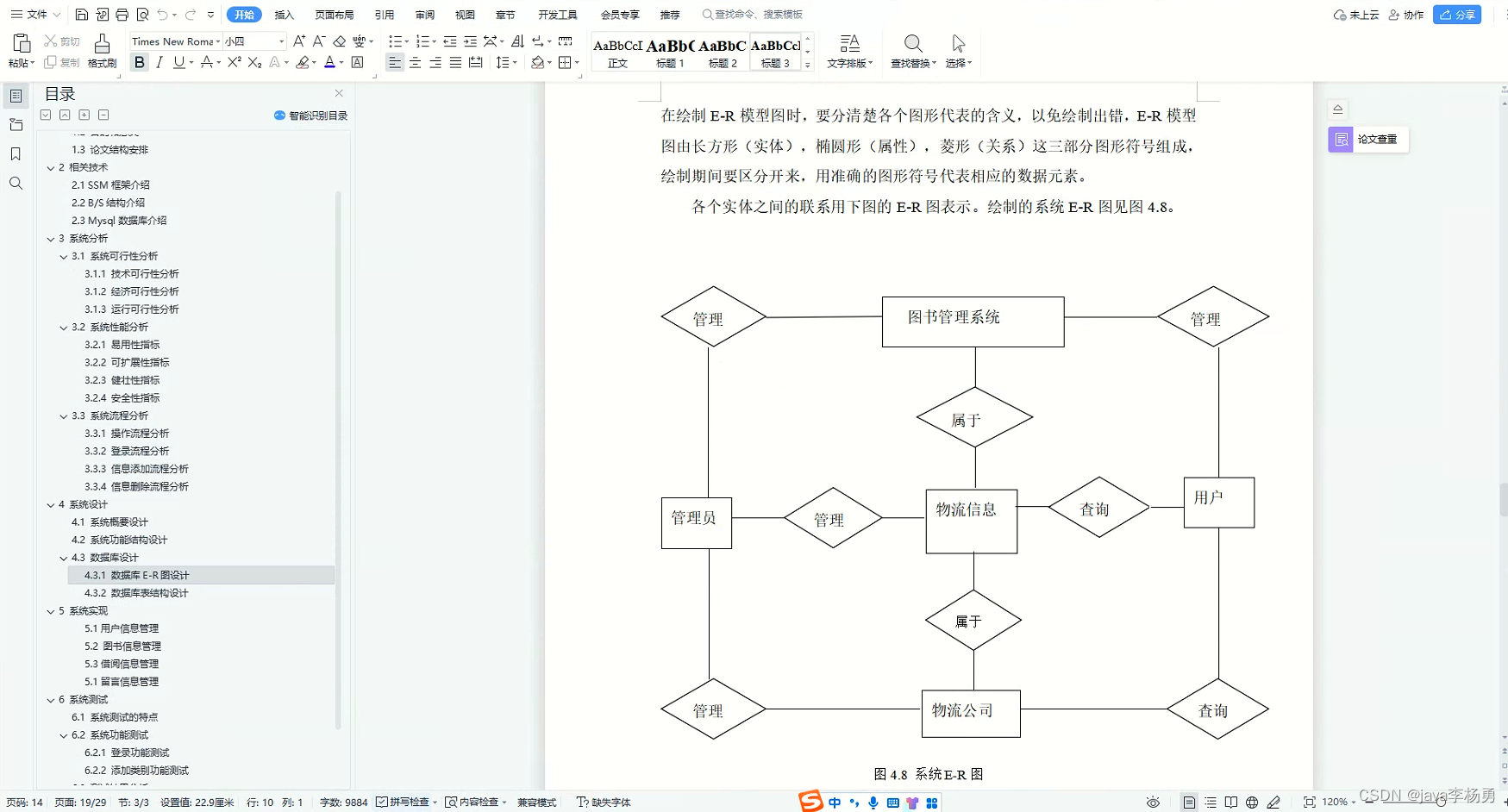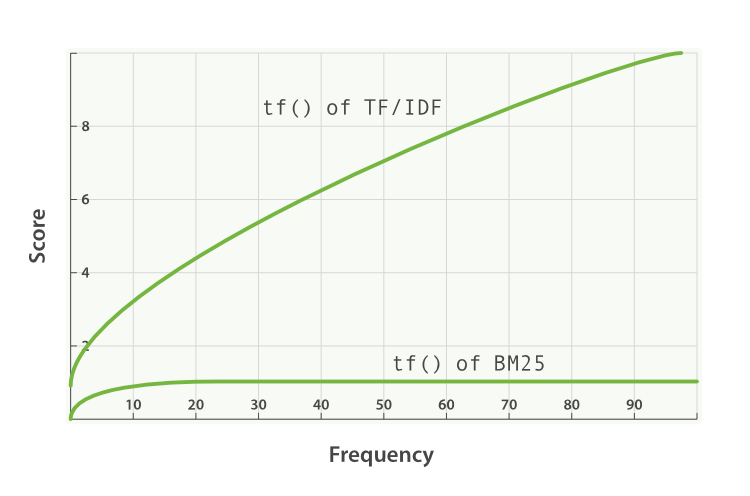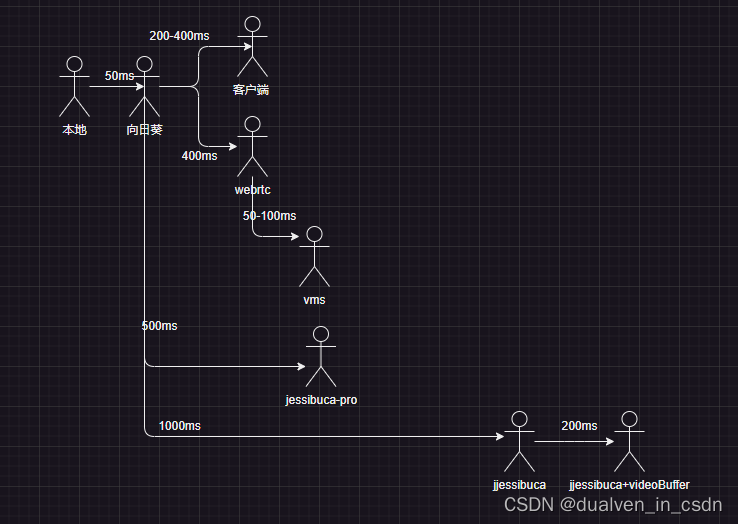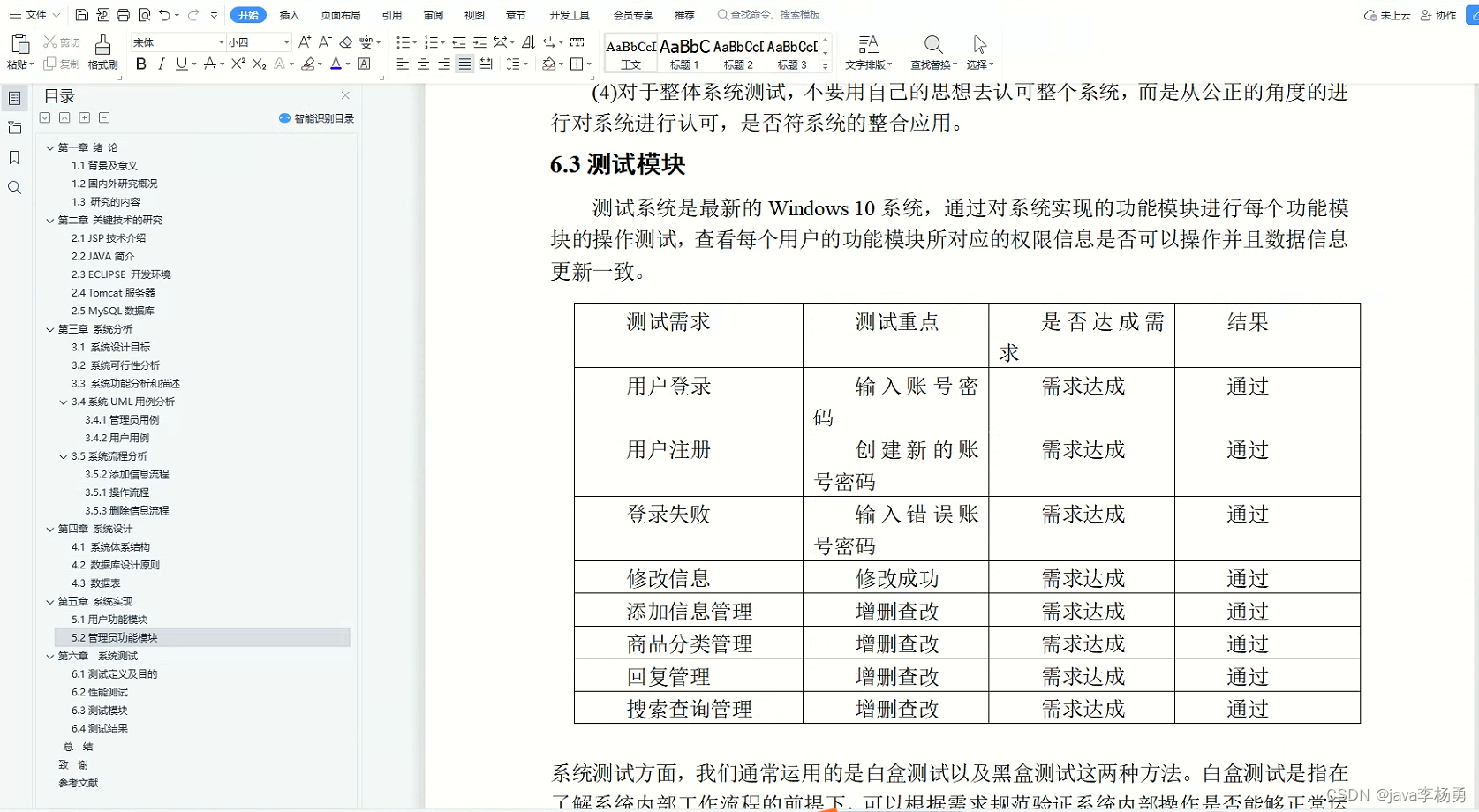首先来看一下put方法的源码,在HashMap中最重要的就是put方法的执行逻辑以及一些控制参数的意义比较重要。
【put方法】
问题1:如何计算数组位置?
答案:
1、首先在插入<K ,V> 时,会先将其包装成一个Node对象,包含了hash值、key、value、以及Node类型的next节点,并且在 putVal() 中会新建一个Node数组叫tab,并将原来的数组赋值给它,主要是因为原来的table数组存放在堆中,但是在putVal方法中用到的时候很多,在栈空间中创建一个这样效率会更高。
2、在HashMap中计算hash值时不是单纯的调用 Object 的 hashcode() ,而是将原值和右移16位的值做异或运算得到最终的 hash 值,然后在计算在数组中索引位置时是通过数组长度n-1来与当前要插入的Node对象的 hash值 来做与运算,这样可以保证数组索引的散列性。



【node类】
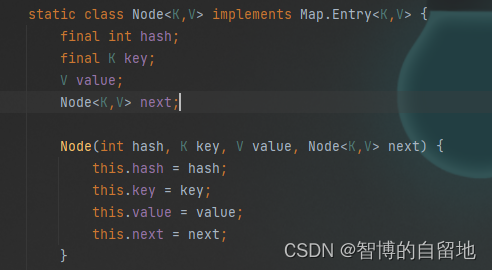
问题2:如何比较两个节点相等并进行覆盖?覆盖时传回的是什么?
(判断逻辑)

(返回逻辑)
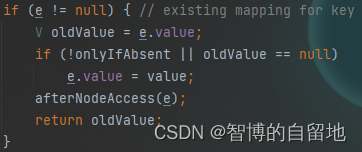
答案:首先计算将当前节点包装为Node节点,Node对象中记录了当前key对象的hash值,首先比较两个 key 对象的 hash 值是否相等,相等的话通过 equals方法 判断两个key对象是否相等,如果相等,则进行覆盖,并将原来的value对象或值返回。
问题3:链表节点在转为红黑树时有几个节点?
答案:链表节点判断大于8时会进行树化,但是在第9个来的时候会先插入链表,然后执行TreeBin函数进行树化。
问题4:HashMap中用到了哪些链表?只有单向链表嘛?
答案:数组加链表中用到的是单向链表,在1.8中采用的是尾插法,之前使用的是头插法,尾插法在遍历过程中同样起到了计数的作用。在链表树化时,将Node对象转换为TreeNode对象的过程中将单向链表转换为双向链表。
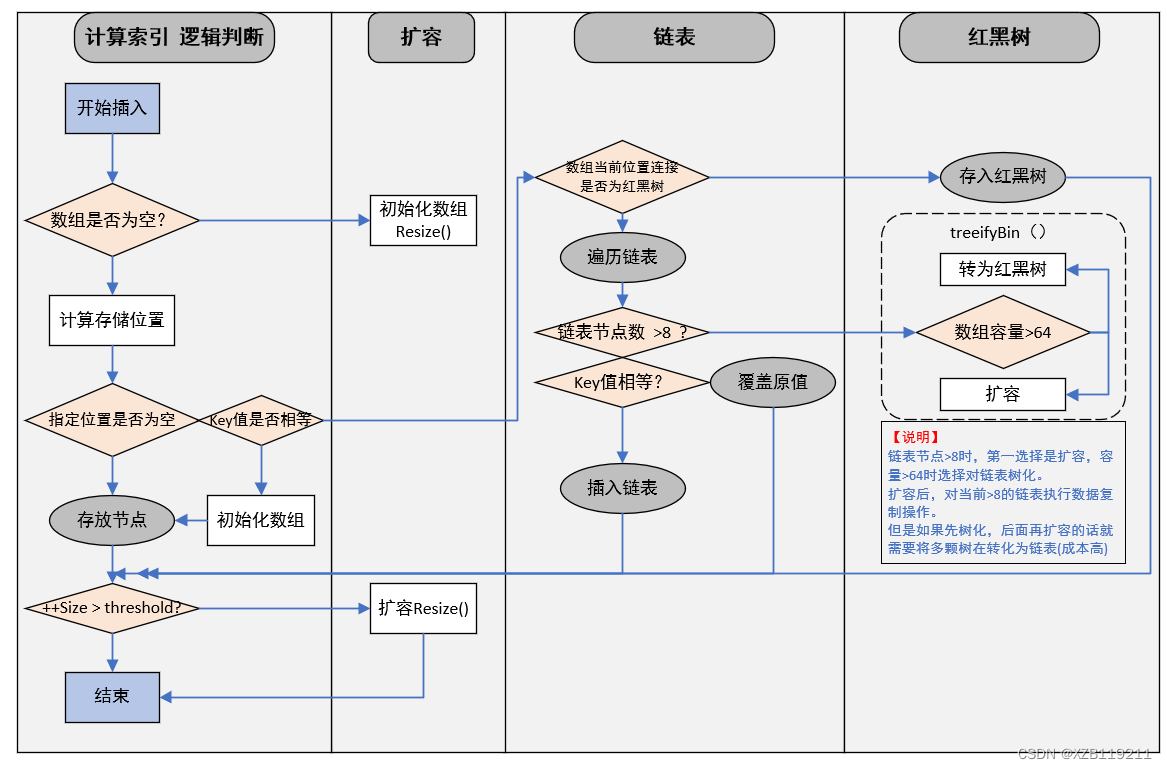
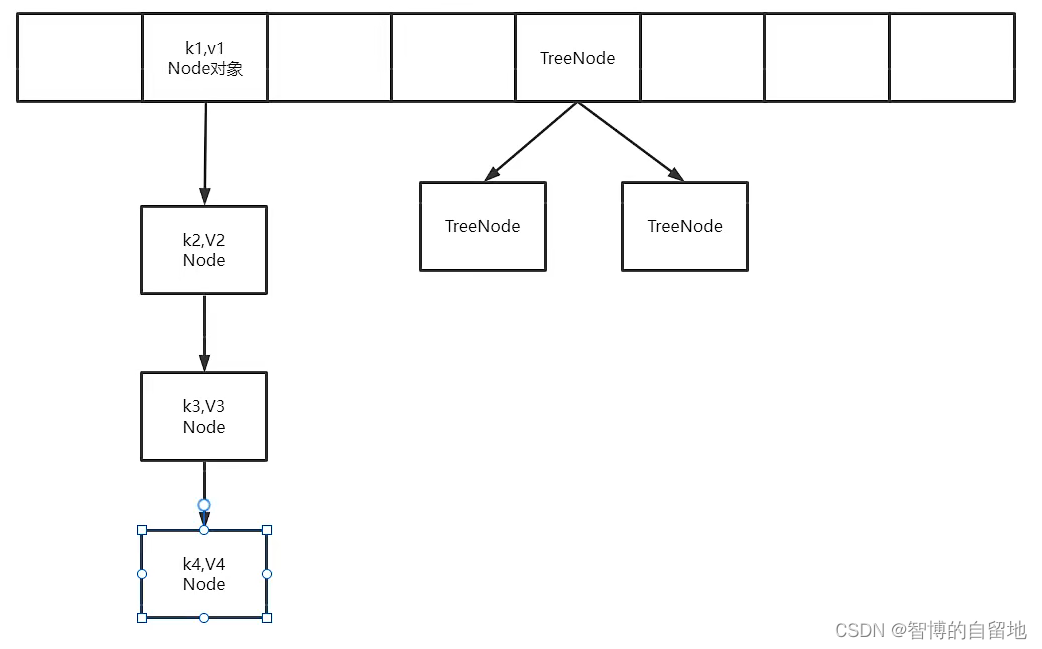
public V put(K key, V value) {
return putVal(hash(key), key, value, false, true);
}
/**
* Implements Map.put and related methods.
*
* @param hash hash for key
* @param key the key
* @param value the value to put
* @param onlyIfAbsent if true, don't change existing value
* @param evict if false, the table is in creation mode.
* @return previous value, or null if none
*/
final V putVal(int hash, K key, V value, boolean onlyIfAbsent,
boolean evict) {
Node<K,V>[] tab; Node<K,V> p; int n, i;
if ((tab = table) == null || (n = tab.length) == 0)
n = (tab = resize()).length;
if ((p = tab[i = (n - 1) & hash]) == null)
tab[i] = newNode(hash, key, value, null);
else {
Node<K,V> e; K k;
if (p.hash == hash &&
((k = p.key) == key || (key != null && key.equals(k))))
e = p;
else if (p instanceof TreeNode)
e = ((TreeNode<K,V>)p).putTreeVal(this, tab, hash, key, value);
else {
for (int binCount = 0; ; ++binCount) {
if ((e = p.next) == null) {
p.next = newNode(hash, key, value, null);
if (binCount >= TREEIFY_THRESHOLD - 1) // -1 for 1st
treeifyBin(tab, hash);
break;
}
if (e.hash == hash &&
((k = e.key) == key || (key != null && key.equals(k))))
break;
p = e;
}
}
if (e != null) { // existing mapping for key
V oldValue = e.value;
if (!onlyIfAbsent || oldValue == null)
e.value = value;
afterNodeAccess(e);
return oldValue;
}
}
++modCount;
if (++size > threshold)
resize();
afterNodeInsertion(evict);
return null;
}然后再来看一下扩容方法:resize()
【resize方法】
resize()方法主要有两个功能,一个是负责初始化数组,一个是负责扩容数组,扩容数组有两个时机,一个是当数组使用情况达到扩容阈值时进行扩容,另一个是当链表进行树化的时候判断当前链表长度是否小于64,小于64的话要对数组进行扩容。
final Node<K,V>[] resize() {
Node<K,V>[] oldTab = table;
int oldCap = (oldTab == null) ? 0 : oldTab.length;
int oldThr = threshold;
int newCap, newThr = 0;
if (oldCap > 0) {
if (oldCap >= MAXIMUM_CAPACITY) {
threshold = Integer.MAX_VALUE;
return oldTab;
}
else if ((newCap = oldCap << 1) < MAXIMUM_CAPACITY &&
oldCap >= DEFAULT_INITIAL_CAPACITY)
newThr = oldThr << 1; // double threshold
}
else if (oldThr > 0) // initial capacity was placed in threshold
newCap = oldThr;
else { // zero initial threshold signifies using defaults
newCap = DEFAULT_INITIAL_CAPACITY;
newThr = (int)(DEFAULT_LOAD_FACTOR * DEFAULT_INITIAL_CAPACITY);
}
if (newThr == 0) {
float ft = (float)newCap * loadFactor;
newThr = (newCap < MAXIMUM_CAPACITY && ft < (float)MAXIMUM_CAPACITY ?
(int)ft : Integer.MAX_VALUE);
}
threshold = newThr;
@SuppressWarnings({"rawtypes","unchecked"})
Node<K,V>[] newTab = (Node<K,V>[])new Node[newCap];
table = newTab;
if (oldTab != null) {
for (int j = 0; j < oldCap; ++j) {
Node<K,V> e;
if ((e = oldTab[j]) != null) {
oldTab[j] = null;
if (e.next == null)
newTab[e.hash & (newCap - 1)] = e;
else if (e instanceof TreeNode)
((TreeNode<K,V>)e).split(this, newTab, j, oldCap);
else { // preserve order
Node<K,V> loHead = null, loTail = null;
Node<K,V> hiHead = null, hiTail = null;
Node<K,V> next;
do {
next = e.next;
if ((e.hash & oldCap) == 0) {
if (loTail == null)
loHead = e;
else
loTail.next = e;
loTail = e;
}
else {
if (hiTail == null)
hiHead = e;
else
hiTail.next = e;
hiTail = e;
}
} while ((e = next) != null);
if (loTail != null) {
loTail.next = null;
newTab[j] = loHead;
}
if (hiTail != null) {
hiTail.next = null;
newTab[j + oldCap] = hiHead;
}
}
}
}
}
return newTab;
}扩容方法之后来看一下Treebin方法:
【TreeBin方法】
TreeNode对象如下图所示,包括

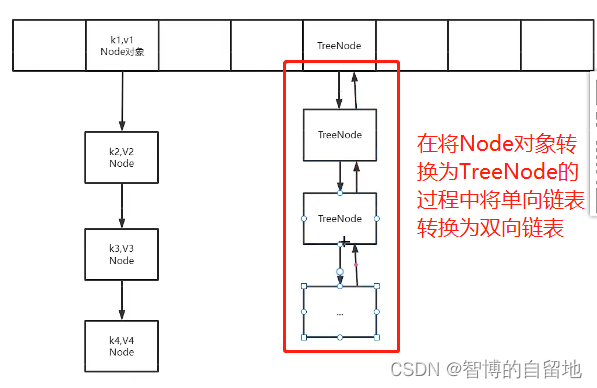
final void treeifyBin(Node<K,V>[] tab, int hash) {
int n, index; Node<K,V> e;
if (tab == null || (n = tab.length) < MIN_TREEIFY_CAPACITY)
resize();
else if ((e = tab[index = (n - 1) & hash]) != null) {
TreeNode<K,V> hd = null, tl = null;
do {
TreeNode<K,V> p = replacementTreeNode(e, null);
if (tl == null)
hd = p;
else {
p.prev = tl;
tl.next = p;
}
tl = p;
} while ((e = e.next) != null);
if ((tab[index] = hd) != null)
hd.treeify(tab);
}
}

